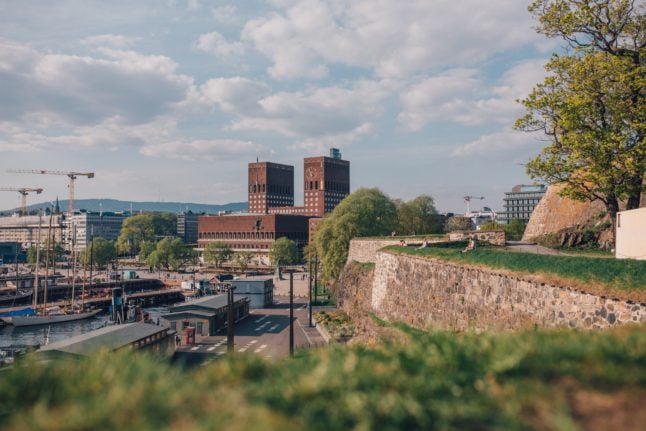“In 2012, we had more customers, more capital and higher profit than ever before,” chief executive Christian Clausen said in a statement, as the bank announced a €3.12 billion ($4.22 billion) net profit for 2012.
Operating income rose eight percent to 10.2 billion euros in the year.
Fourth quarter net profit was seven percent higher at €840 million, beating an average of 781 million euros predicted by analysts polled by Dow Jones Newswires.
Operating income increased three percent to €2.63 billion in the same period.
Nordea, which has been reducing its headcount to lower costs, cautioned that “the weak European growth picture remains a concern and could lead to renewed market tensions.”
The number of employees fell to 31,466 from 33,068 in the year.
“More and more household and corporate customers comfortably use an increasing range of communication technologies. This general trend in customer behaviour naturally also affects customers’ use of Nordea’s distribution channels,” the bank said.
The group’s tier one capital ratio, a measure of how well capitalized a bank is, rose to 13.1 percent in December from 12.2 percent three months earlier.
Nordea’s tier one capital ratio is lower than some of its rivals, and the bank’s financial plan aims to keep it above 13 percent.
After midday, shares in the bank were up by 2.11 percent, in a market that was 0.46 percent higher.
AFP/The Local/og



 Please whitelist us to continue reading.
Please whitelist us to continue reading.
Member comments